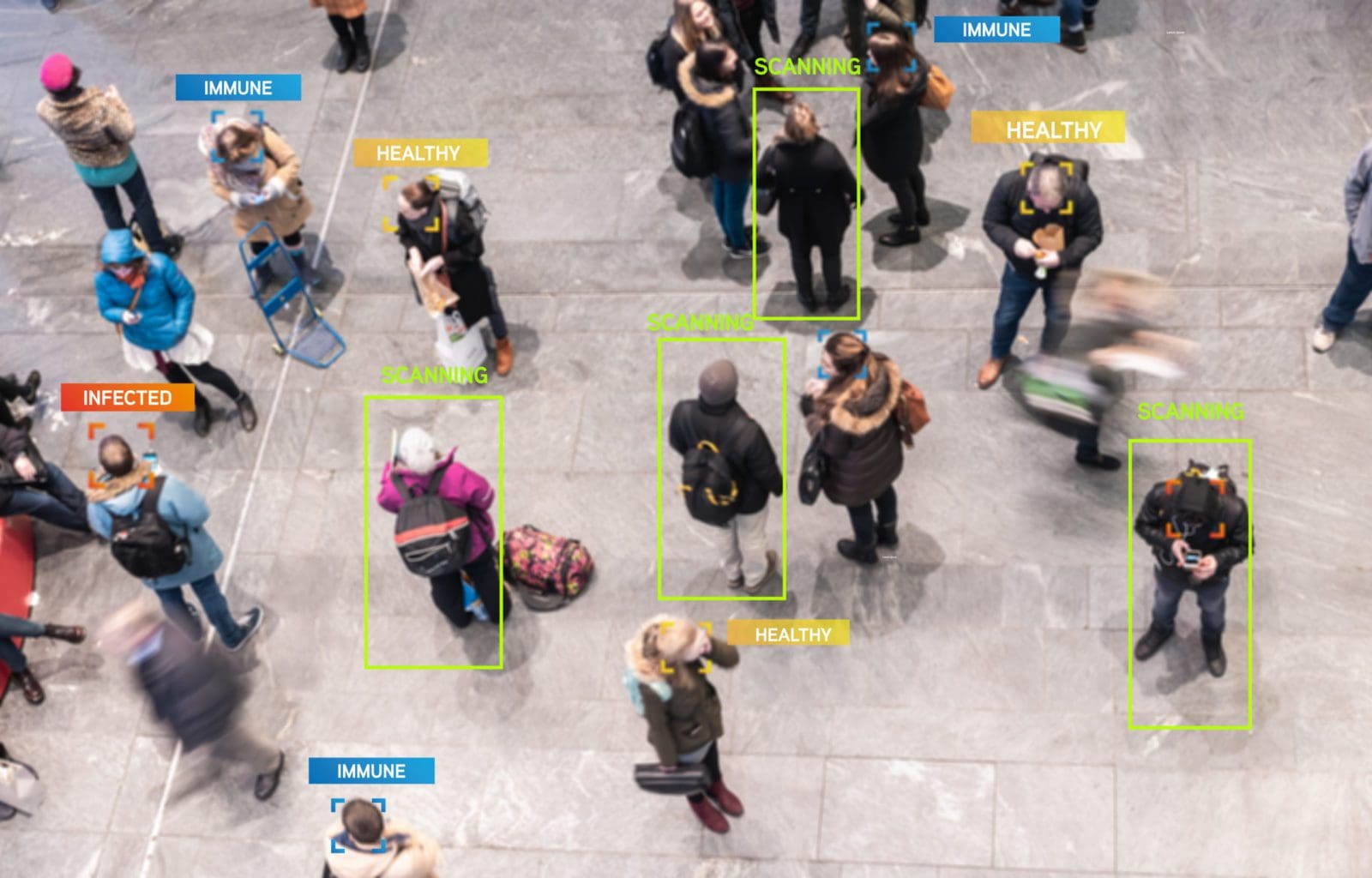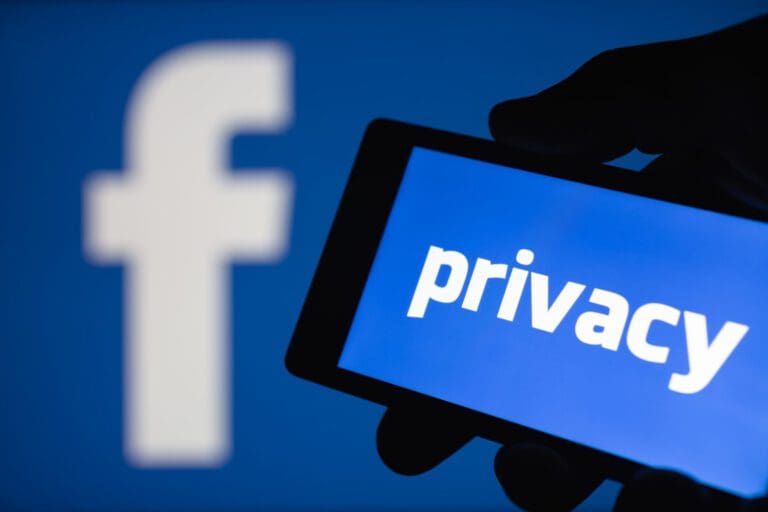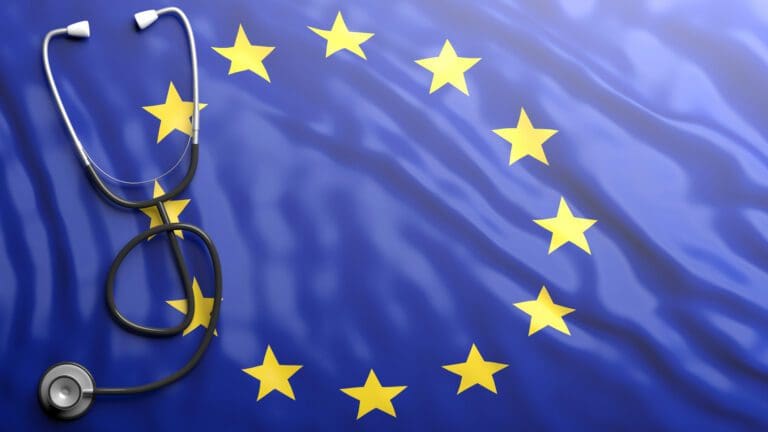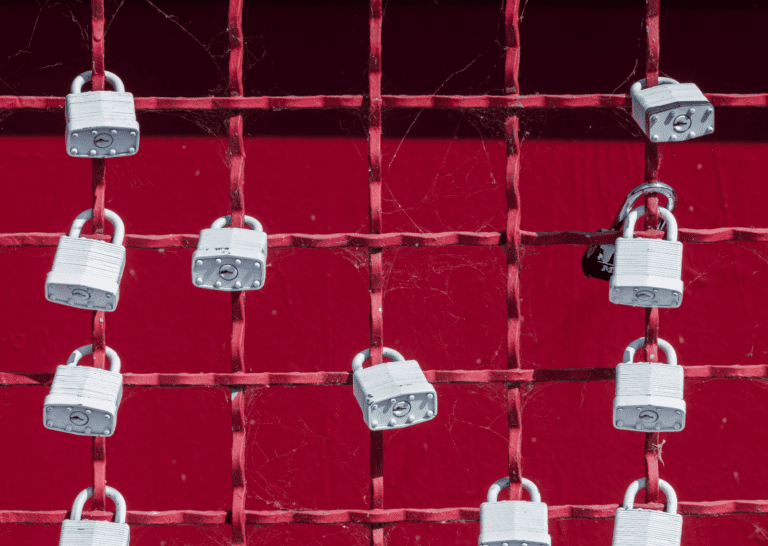We are facing an unprecedented crisis that has changed our daily life in several ways and that spans virtually all aspects of society. The coronavirus disease 2019 (COVID-19) outbreak, caused by a new strain of coronavirus, had its first infection in humans in late 2019. In the meantime, it has spread to 6 continents and affected over 5 million people worldwide. This gave rise to new challenges, both to our political leaders and ourselves and the social, economic, and political ramifications of this crisis are still to be fully appreciated.
On the other hand, innovation often emerges in response to extreme needs, and there are previous examples of societal crisis-induced shifts. The Black Death, in the 14th century, may have shifted the future of Europe by ending feudalism and starting the foundations of the Renaissance movement. World War II not only led to the increased participation of women in the labor force but also triggered technological innovations such as the jet engine, computers, the radar, and penicillin. In times like this, collective shifts in social attitudes were eventually transformed into policy shifts, with long-lasting effects in society.
To the extent that we can envision a positive aspect arising from the current pandemic, without forgetting the many lives lost, is that this may again be a time of opportunity and innovation. Indeed, different industries are already adjusting to the current needs and jumping in to help. From beermakers and distilleries that shifted production to hand sanitizers, to engineering companies and universities which developed and made new parts freely available, or even open-source ventilators – everyone is trying to do their part.
COVID-19 and the Global Big Data Problem
Over the last years, we have been gathering data in unprecedented amounts and speed. Since the start of the pandemic, this has been intensified. Relevant authorities are rushing to gather data on disease symptoms, virus tracking (affected people), availability of healthcare resources, among others, in an attempt to understand the outbreak and eventually control it. But there are two valuable tools that will guide our knowledge of the scale of the outbreak – testing and tracing. Testing is crucial for quickly identifying new cases, understanding how prevalent the disease is, and how it is evolving. Tracing, on the other hand, can give us contact networks. It can help to stop new cases by warning individuals of potential contact with infected people. This may be especially important in tracking the second wave and during the deconfinement.
Data has thus become the main resource to guide our collective survival strategy. At this stage, Big Data, machine learning, and artificial intelligence (AI) have the potential to make a difference by guiding political leaders and healthcare providers in the fight against the pandemic. Tech companies that used to profit from these technologies, are rallying to help governments and healthcare organizations cope with the situation. Previously unusual partnerships are already forming more frequently and more rapidly, namely between governmental or academic departments and private companies. Google and Apple, traditional competitors, have joined forces to create an API that would facilitate each countries’ tracing apps to work on both operating systems, and it is compliant with stricter privacy restrictions.
However, extracting useful knowledge from the data being collected will require a collaborative effort. In addition to the big data problem, we will need to form teams whose expertise span different areas. Within healthcare, academia, and industry, people are used to working in their own fields. However, this is an interdisciplinary problem, and expertise from computation and AI, as well as biomedical sciences, epidemiology, and demographic modeling will need to be merged to find effective solutions. Facebook’s Data for Good program has created and made available data maps and distribution of infected individuals and the density of at-risk populations. Public health researchers have used this information across Asia, Europe, and North America.
Big corporations mining our data have been at the forefront of privacy discussions in recent years. The outbreak may well be a blessing for big tech companies that saw mistrust against them grow over the past years, as people became increasingly aware of the misuse of private information. The situation is posed for them to provide a positive contribution to a global problem to which everyone can relate. Another important point is the adoption of Big Data and AI solutions which are set to increase, as data science teams all around the world are being called to crunch petabytes of data and build prediction models for decision-makers. These solutions, if made safely available, may help us find treatments sooner and design effective contingency plans to help counteract the negative consequences of the aftermath of the outbreak. In fact, officials are more open to adopting new measures in the face of great economic and social challenges.
Are We Entering a New Era of Digital Surveillance?
China is the pivotal example of digital surveillance. The culture was already in place and was intensified during the outbreak. Thermal scans are a norm in public transportation, and security cameras that track every citizen's movements are widespread. This enables health officials to quickly track potential new cases as whoever shows high temperature is immediately detained and undergoes obligatory testing. Together with access to government-issued ID cards from every passenger, the police can quickly alert anyone that has been in contact with infected people, and instruct them to be quarantined.
This, coupled with the broad network of security cameras that track people breaching quarantine orders, enables authorities to have a tighter grip on the outbreak. Mobile phone data is also a rich source of information to track its citizens’ movements. Integrating data from “Close Contact Detector” apps and travel reports from telecom companies has enabled the country to build a strong response to the outbreak.
However, digital surveillance is on the rise worldwide. Other countries are considering implementing, or have already implemented, some version of location-data monitoring, including Belgium, UK, USA, China, South Korea, and Israel. The downside of such systems is a lack of privacy by design. Weak privacy laws in most countries, along with inadequate or insufficient anonymization technologies, expose the dangers of uncontrolled surveillance. In some countries, there have been concerning privacy violations, with personal health data being made public in Montenegro and Moldava, cyberattacks on hospital websites in Croatia and Romania, and imposed surveillance and phone tracking in Serbia.
Indeed, accessing mobile phone data has the potential to be a game-changer in the fight against the pandemic. Location data, that gather information of how people move through space over time, and contact tracing, identification of persons who may have come into contact with an infected person, are powerful sources of information that – if used in a correct and fair manner – could help monitor the progress of the pandemic by tracking how effective lockdown measures are and by helping to create a contact network.
Despite its intensive media coverage nowadays, the usage of location data is not new to fighting the spread of diseases. Prominent cases include the fight against malaria, dengue, and more recently, Ebola. Even though there was a commitment to tackle these problems by specific entities, like the Bill and Melinda Gates Foundation with the participation of Microsoft, these were not diseases that impacted the world on a global scale, therefore, no global solutions were pursued. But with high penetration rates (up to 90%), and reaching less developed countries, mobile phones can become a primary data source to tackle global crises.
Location data includes traditional Call Detail Records and high-frequency x-Detail Record (xDR), which provide real-time traffic information. Both are able to track the disease dynamics and are used by governmental agencies and industry, like Google or Facebook. Furthermore, there is already evidence where location data could help track a population’s compliance with social distancing measures. However, since this data includes social life habits, it is considered legally sensitive and subject to higher security standards and the requirement of the individual’s expressed consent.
Contact tracing is also a powerful source of information since it can trace and notify potentially infected people using contact lists, by tracking nearby cell phones via Bluetooth or GPS signals. This is potentially very effective, however, also problematic, as evidenced by this experiment where they estimated that 1% of London installing a malicious app could allow a digital attacker to track half of the London population without their consent.
But for this measure to be effective, we need a high penetration rate. Most people need to feel comfortable downloading and uploading content and personal information. Of course, in theory, this should be anonymized data where all personally identifiable information is removed. However, this Spatio-temporal data, is, unfortunately, very hard to anonymize. Research has shown that it is possible to re-identify 95% of individuals with only 4 places and times previously visited. Moreover, research from UCLouvain and Imperial College London built a model to evaluate deanonymization potential of a given dataset. For instance, 15 demographic attributes can render a unique 99.98% of a population the size of Massachusetts, which is made even easier for smaller populations. Other times it can be modified to track movements of groups of people, with no unique individual identifiers, referred to as aggregated data. But even aggregated data can be vulnerable to revealing sensitive information.
Thus, there is a need to find more effective ways to make this data safely available. There are currently a few privacy-oriented models enabling the secure anonymization of this data and we at MOSTLY AI are at the forefront of developing these solutions.
Fighting This Crisis Without Sacrificing Privacy
Many Asian countries learned to balance transparency with security and privacy from previous outbreaks. While there are clear compromises to be made, this should be done without risking personal identification. South Korea and Taiwan are examples of societies that have learned to leverage the power of digital data and the sharing of information to respond to pandemics. As a consequence of the SARS outbreak, they built a culture of trust where more flexible privacy regulations are adopted during times of epidemics, with clear consent from the population. Afterward, the data is owned again by the individuals that have the right to “be forgotten”.
The western world now has the opportunity to learn from the pandemic and use digital data to improve the rebound period. Even Margrethe Vestager, one of the forefront advocates for digital privacy laws, admits that tradeoffs have to be done during a time of crisis. However, this should not mean we enter a new age of digital surveillance.
Nowadays society seems primed for discussions around AI and data privacy, and the potential risks and benefits from new technologies. More people are aware of the possible dangers of uncontrolled information sharing and are therefore asking to be informed regarding the use and conditions of usage of their data. Most of us are debating the balance between ensuring a proper fight against the disease and ensuring our safety, versus blindly submitting to mass surveillance. What is the sweet spot? The final goal should be to track the virus and not surveil citizens.
The Global AI Ethics Consortium (GAIEC) on Ethics and the Use of Data and Artificial Intelligence in the Fight Against COVID-19 and other Pandemics has recently formed and is debating these issues. This consortium believes that there are potential risks in making decisions that will affect society in the long run based on problems affecting us in the present and forced by a health crisis. Their overall goal is to provide support and expertise in ethical questions relating to COVID-19, as well as to facilitate interaction by creating open communication avenues and possible collaborations.
As said before, the COVID-19 pandemic could be viewed as a call to action to determine how access to data could be improved. Since these issues require strong technical solutions, the innovations happening now could have an impact not only in times of crisis but also on how we see and act on modern society going forward.
Synthetic data is one of those technical solutions. Synthetic data, as the name suggests, is data that is artificially generated. Most often it is created by funneling real-world data through complex mathematical algorithms that capture the statistical features of the original information. It is highly accurate and as-good-as-real without being a copy of the original dataset. Due to the fact that synthetic data is generated completely from scratch, it is also fully anonymous and therefore ensures that individuals' privacy stays protected. Synthetic data is also exempt from data protection regulations; thus amenable to several opportunities for usage and sharing that are not possible with the original data. With our clients, we have seen that synthetic data makes data sharing easy while boosting collaborations - and we are convinced that synthetic data has tremendous potential to speed up our response to future crises.
Conclusion
This pandemic has tested the resilience and adaptability of governments and entire societies. And even though the world has overcome pandemics before, nowadays we have unprecedented tools that can turn the odds in our favor. We have the ability to gather and share data on a global scale. By upholding privacy rights and increasing transparency throughout the whole process, we may also increase people's trust and potentially change society’s relationship with these technologies. In fact, we can arise from the crisis with a more innovative, responsive and data-literate society, that is better equipped to handle similar emergencies in the future, as well as with strong collaborations that may go beyond the COVID-19 outbreak.



